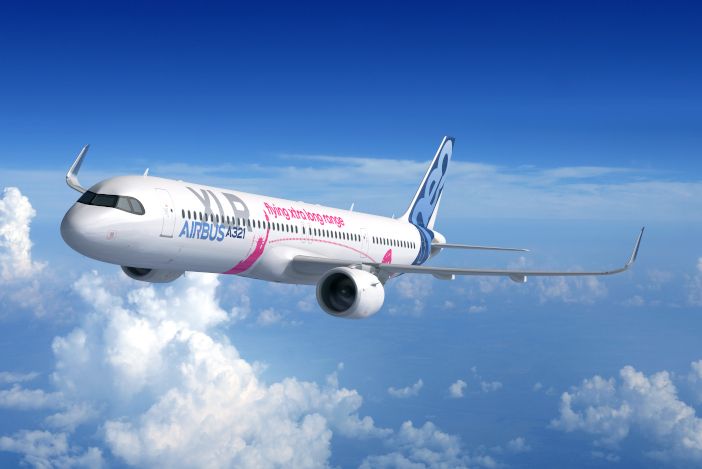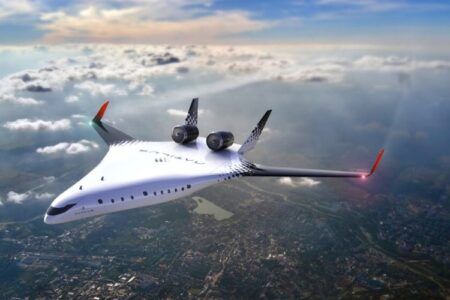Airbus expects the world’s passenger and freighter aircraft fleet to more than double over the next two decades from 23,000 to almost 48,000, it has said in its annual forecast.
The European aircraft manufacturer’s 20 year look-ahead, which was published today, predicts aircraft traffic to grow at a rate of 4.4% annually between this year and 2038
The company expects 39,210 of the 2038 fleet of aircraft to be new with 8,470 remaining from today’s fleet. The increase will also result in a need for 550,000 new pilots and 640,000 new technicians, it added.
Christian Scherer, Airbus chief commercial officer and head of Airbus International said, “The 4% annual growth reflects the resilient nature of aviation, weathering short term economic shocks and geo-political disturbances. Economies thrive on air transportation. People and goods want to connect,”
“Globally, commercial aviation stimulates GDP growth and supports 65 million livelihoods, demonstrating the immense benefits our business brings to all societies and global trade.”
Airbus has changed the way it segments its aircraft fleet to the three categories of “small”, “medium” and “large”. A short-haul A321 is categorized as small, a long-haul A321LR is medium and a A350XWB large.
The company predicts that most new aircraft built over the next 20 years will be in the small category 29,720 (76%), with medium 5,370 (14%) and large 4,120 (10%).
The company continues to stand by its “Aviation Mega Cities” approach to analyzing growth, which gave rise to the development of the A380. According to this model, which bases its predictions on the requirement of wealthy people to travel between large cities, emerging markets such as Asia-Pacific will be a key growth driver.
In-depth data on the Airbus forecast can be found here.





